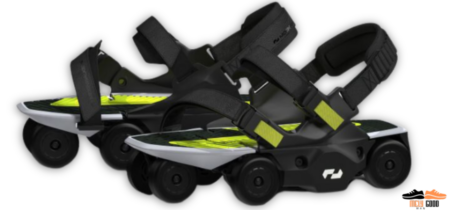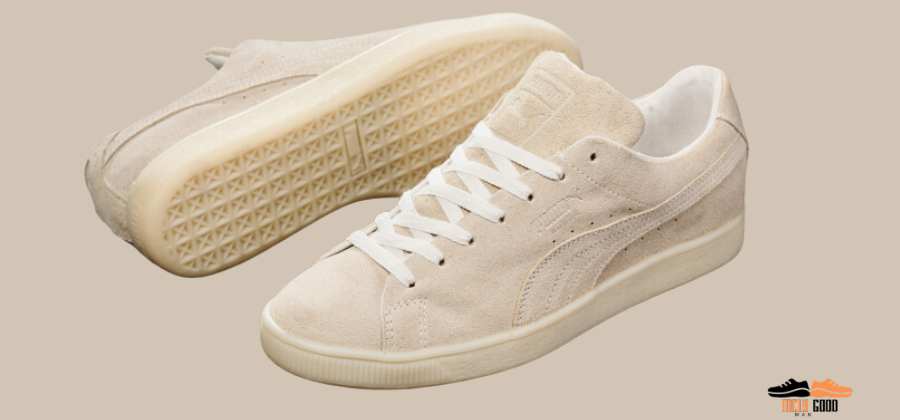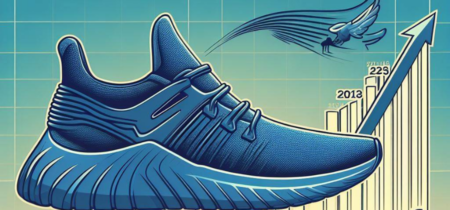
Muchos conductores se preguntan si es ilegal conducir descalzo, especialmente en días calurosos de verano o viajes por carretera largos. La respuesta es no, no es ilegal conducir descalzo en ningún estado de los EE. UU. No hay ninguna ley federal o estatal que requiera que los conductores usen zapatos mientras operan un vehículo. Sin embargo, eso no significa que conducir descalzo sea una buena idea. Hay varias razones por las que siempre debe usar calzado apropiado al conducir.
Puntos Clave:
- No es ilegal conducir descalzo en EE. UU. pero no se recomienda
- Los zapatos mejoran el control del pedal y la tracción
- Los mejores zapatos son delgados, flexibles y con buen agarre
- Evite zapatos gruesos, sueltos y resbaladizos
- Los zapatos para conducir maximizan el control del pedal
- Mantenga zapatos de repuesto en el auto para conducir
- Aunque es legal, conducir descalzo no es seguro y reduce el control
- Use siempre calzado adecuado al conducir por seguridad
Seguridad
Una de las principales razones por las que debe usar zapatos al conducir es la seguridad. Conducir descalzo puede no ser seguro, ya que los pies descalzos pueden perder tracción en los pedales, y tampoco tiene protección para los pies si tiene un accidente. Los pies descalzos también pueden sudar, ensuciarse o lesionarse, lo que puede afectar su concentración y tiempo de reacción. Además, si necesita salir de su auto en una emergencia, puede exponer sus pies a peligros como vidrio, metal, fuego o productos químicos.
Comodidad
Otra razón por la que debe usar zapatos al conducir es la comodidad. Conducir descalzo puede causar fatiga, calambres o ampollas en los pies, especialmente si conduce durante largos períodos de tiempo o en tráfico pesado. Usar zapatos también puede ayudar a regular su temperatura corporal y evitar que sus pies se calienten o enfríen demasiado. Además, el uso de zapatos también puede proteger sus pies de las quemaduras solares, picaduras de insectos o infecciones.
Rendimiento
Una tercera razón por la que debe usar zapatos al conducir es el rendimiento. Usar zapatos puede mejorar su control y precisión sobre los pedales, lo que permite una conducción más exacta y suave. Los zapatos también pueden proporcionar amortiguación y soporte para sus pies, reduciendo el estrés y la tensión en sus músculos y articulaciones. Además, el uso de zapatos también puede mejorar su postura y alineación, lo que puede beneficiar su salud y bienestar general.
¿Qué Tipo de Zapatos Debe Usar al Conducir?
Ahora que sabe por qué debe usar zapatos al conducir, es posible que se pregunte qué tipo de zapatos son los mejores para conducir. La respuesta es: depende. Diferentes tipos de zapatos pueden ser adecuados para diferentes conductores, vehículos y condiciones de conducción. Sin embargo, hay algunas pautas generales que puede seguir para elegir los mejores zapatos para conducir.
- Su mejor opción es un zapato que proporcione un buen agarre en el pedal del freno y del acelerador. Quiere un zapato con una suela delgada y flexible que le permita sentir los pedales y aplicar la cantidad adecuada de presión. También quiere un zapato que tenga una suela de goma antideslizante que evite que su pie se deslice de los pedales.
- Algunos zapatos que no se recomiendan para conducir son tacones altos, chanclas, cuñas, pantuflas, botas de trabajo y zapatos nuevos. Estos zapatos pueden ser demasiado gruesos, demasiado holgados, demasiado rígidos o demasiado resbaladizos para conducir. También pueden interferir con el movimiento de su pie o engancharse en los pedales o alfombrillas.
- Los zapatos para conducir están diseñados especialmente con suelas delgadas y flexibles para maximizar la sensación del conductor de los pedales, permitiendo un control más preciso. Los zapatos para conducir también tienen suelas de goma antideslizantes, ajuste cómodo y características fáciles de poner y quitar. Los zapatos para conducir pueden ser zapatillas de deporte, mocasines o slip-on.
- Sin embargo, no necesita comprar zapatos especiales para conducir de forma segura y cómoda. Simplemente puede elegir un par de zapatos que le queden bien, tengan buena tracción y sean fáciles de poner y quitar. También puede mantener un par de zapatos de repuesto en su automóvil con fines de conducción.
Conclusión
Conducir descalzo no es ilegal en ningún estado de los EE. UU. Sin embargo, no es recomendable por razones de seguridad, comodidad y rendimiento. Siempre debe usar calzado apropiado al conducir para garantizar el control óptimo de los pedales y la protección de sus pies.
Debe evitar usar zapatos que sean demasiado gruesos, demasiado holgados, demasiado rígidos o demasiado resbaladizos para conducir. Debe optar por zapatos que tengan suelas delgadas y flexibles que proporcionen un buen agarre en los pedales. También puede considerar comprar zapatos especiales para conducir o mantener un par de zapatos de repuesto en su automóvil con fines de conducción.







